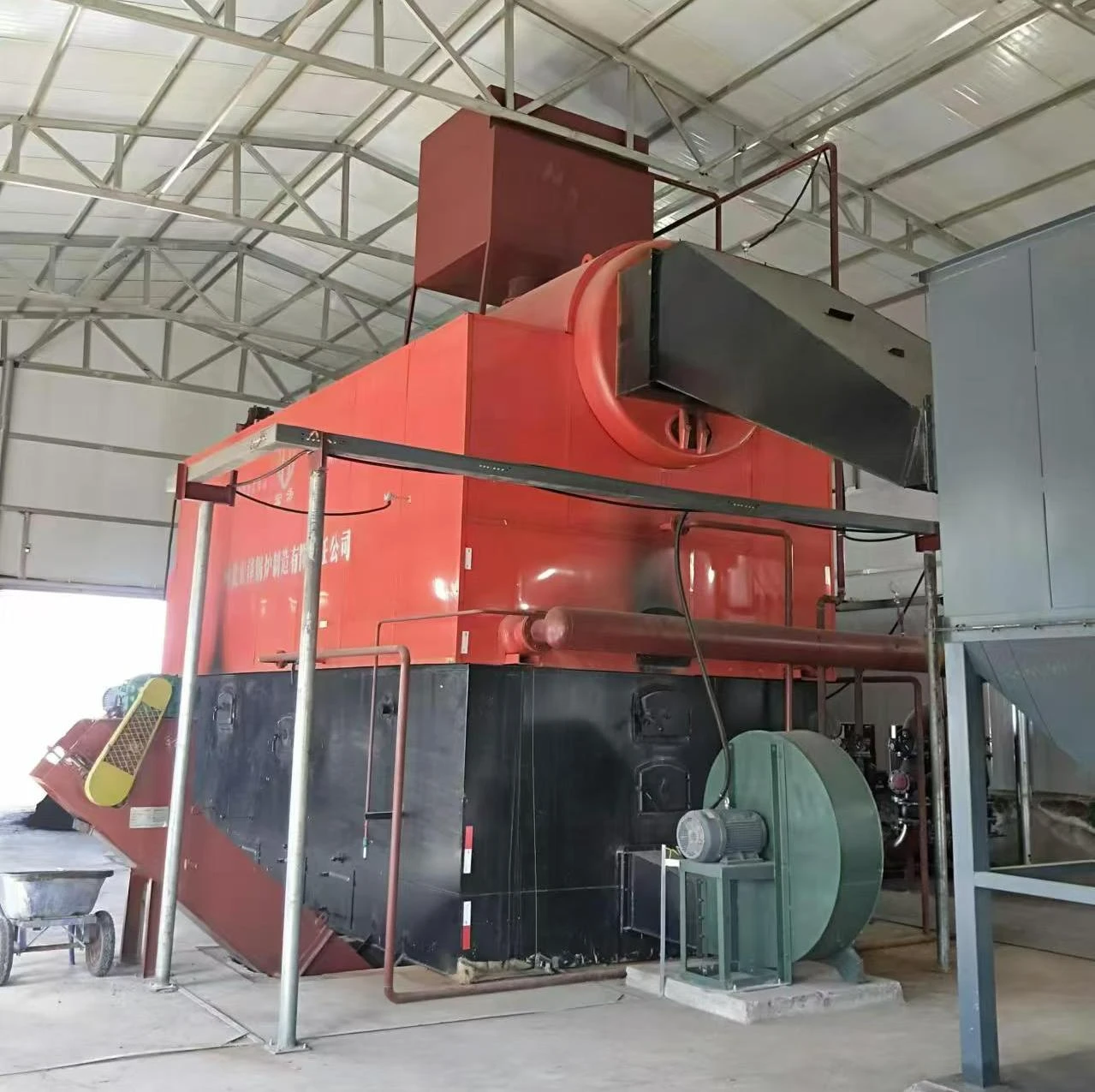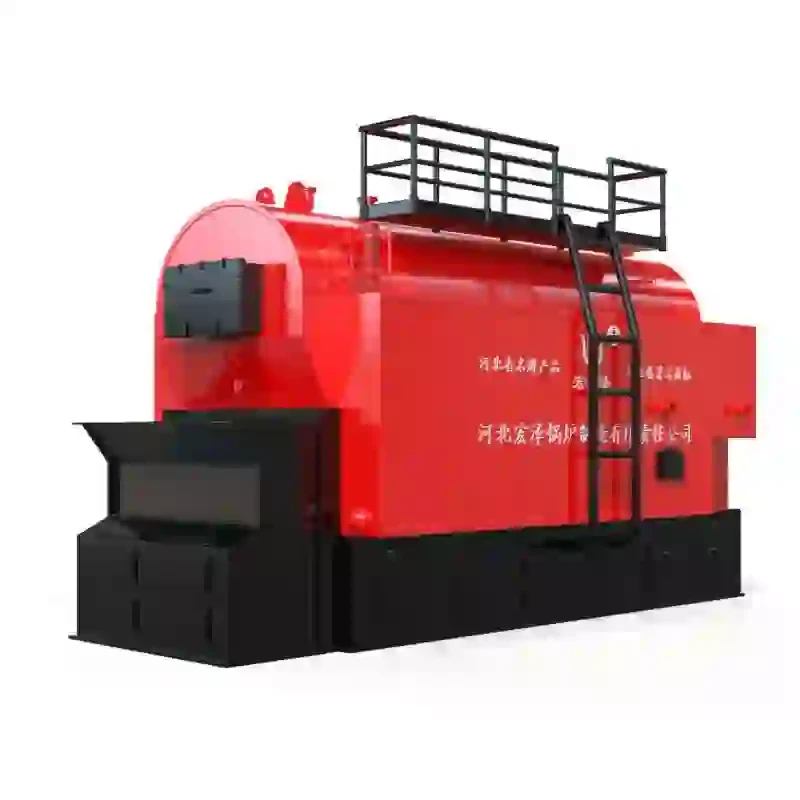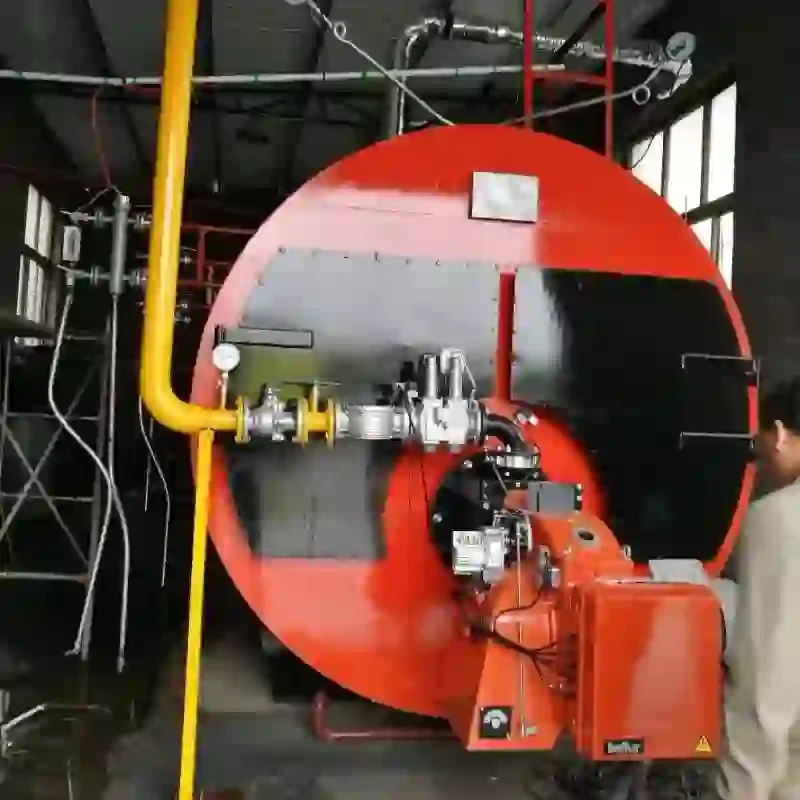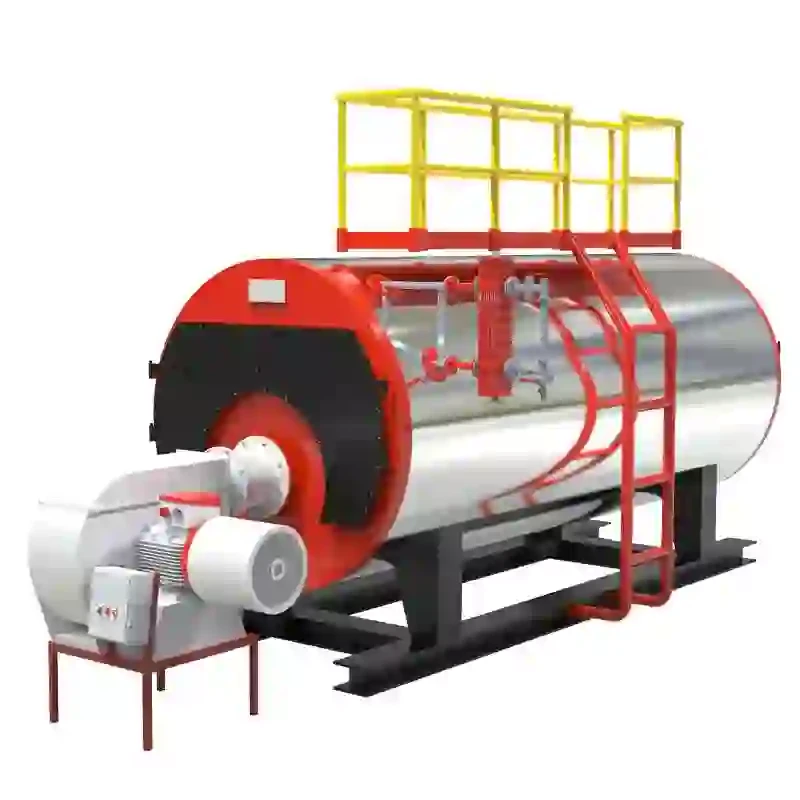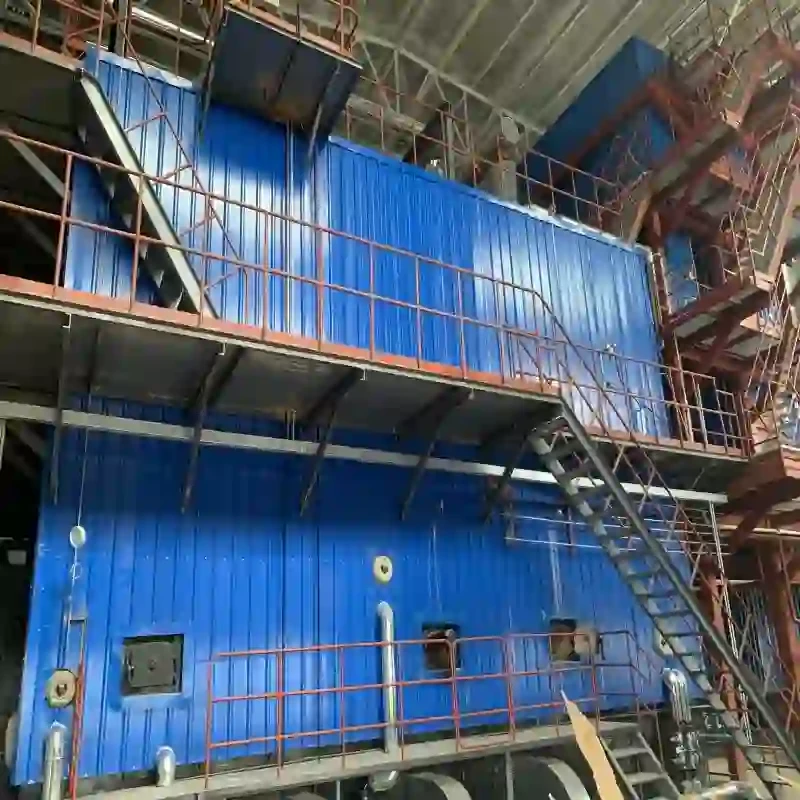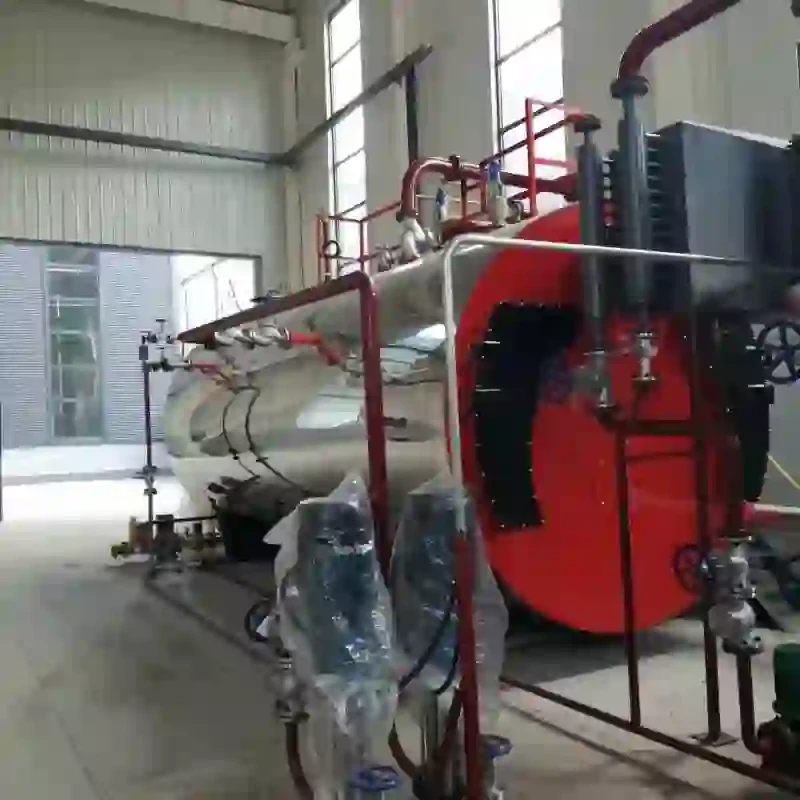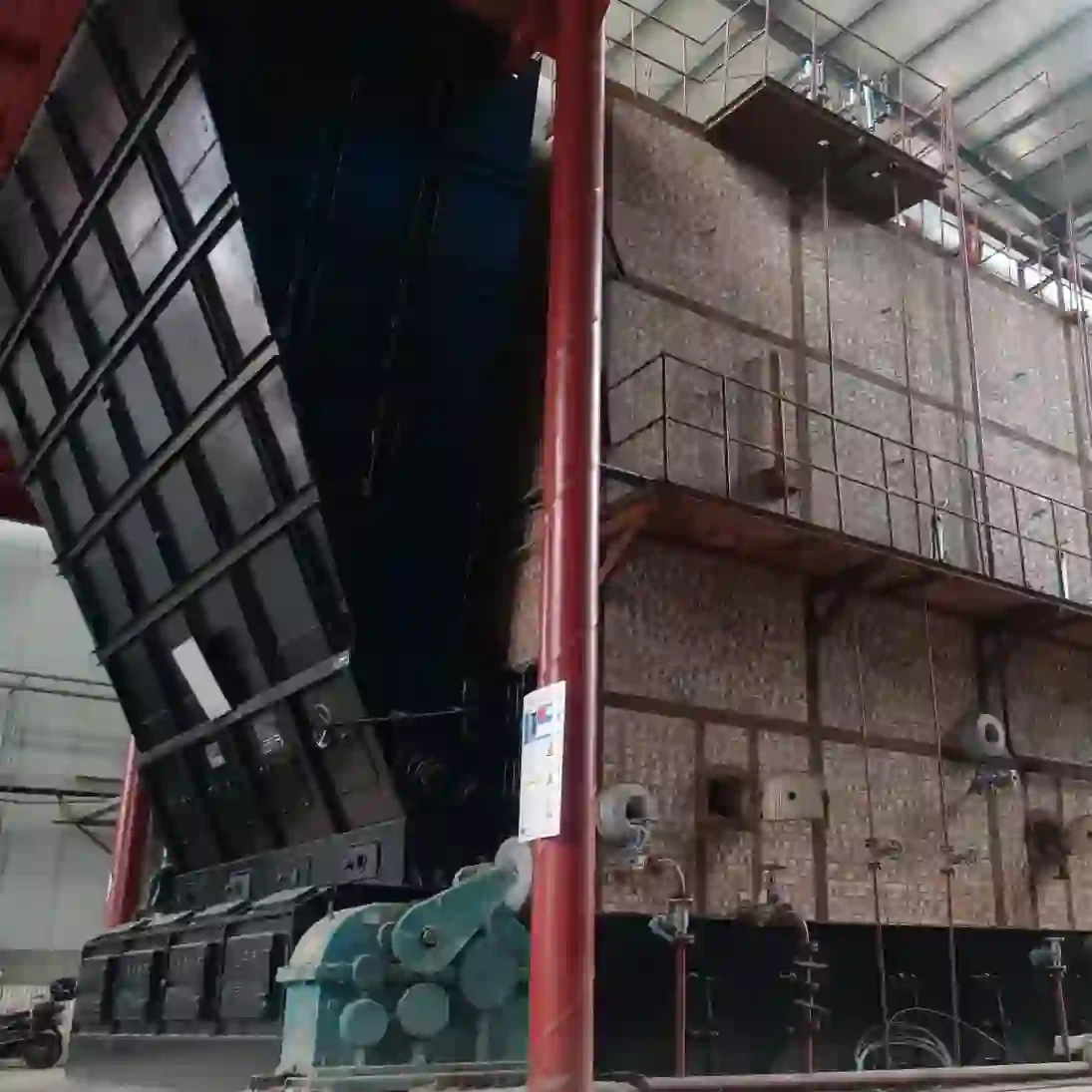
Oct . 07, 2025 10:20 Back to list
Best Gas Fired Thermal Oil Boiler: High Efficiency, Low NOx?
Field Notes on a Modern gas fired thermal oil boiler
I’ve walked more heater rooms than I can count, and—oddly—the quiet ones tell you the most. The latest generation of gas fired thermal oil boiler systems runs clean, steady, and surprisingly simple once you understand the flow: burn gas, heat the thermal oil, circulate, recover heat, repeat. This model comes from No.2 Suheng North Street, Raoyang County, Hengshui City, and it’s been popping up in textiles, chemicals, food processing—places where consistent 300+ °C heat matters more than steam pressure.

Quick specs (real-world numbers, not lab fairy dust)
| Thermal power | 30–1400 (10⁴ kcal/h) ≈ 0.35–16.3 MW |
| Working pressure | 0.8–1.0 MPa (thermal oil circuit) |
| Outlet temperature | Up to 320 °C |
| NOx emission | ≤ 30 mg/Nm³ (low-NOx burner) |
| Fuels | Natural gas, LPG, biogas, coke-oven gas |
| Thermal efficiency | ≈ 90–93% standard; up to ≈ 95% with economizer |
How the system actually works
A modulating gas burner heats helical coils (typically Q345R or SA-516 Gr.70). Heat transfers to synthetic thermal oil, which a circulating pump pushes through users—dryers, heat exchangers, reactors. An expansion tank handles volume changes; a deaeration pot and strainers protect the loop. Then the oil returns, still hot, for another lap. It’s a closed, liquid-phase circuit—no steam traps, no blowdown. Many operators say that alone cuts maintenance time drastically.

Materials, methods, and tests
- Pressure parts: coil tubes to GB/T 5310 or ASTM A106; welding to NB/T 47014, RT/UT on critical seams.
- Insulation: mineral wool + aluminum cladding; refractory at burner tile.
- Factory tests: hydrostatic test 1.5× design pressure; burner FGR tuning; NOx verification (aim ≈ 25–30 mg/Nm³).
- Thermal oil QA: viscosity (ASTM D445), flash point (ASTM D92), acid number (ASTM D664) before commissioning.
- Design basis: GB/T 17410 for organic heat carriers; PED option on request; safety per EN 746-2 concepts.
Where it shines
- Chemicals, pharmaceuticals (reactor jackets at 250–300 °C).
- Textiles and printing lines (stable dryer temperature, fewer hot spots).
- Food plants—fryers, deodorization, edible oil processing.
- Asphalt and bitumen heating, wood-based panels, plastics extrusion.
Advantages I keep hearing about
- Low-NOx without drama, thanks to FGR burners.
- Fast startup, minimal water chemistry headaches (since, well, no steam).
- Lower pump power vs. steam distribution, often ≈ 15–25% savings on auxiliaries.
- Service life: coils 8–12 years typical; thermal oil 3–5 years before reconditioning, depending on duty.
Vendor snapshots (my quick comparison)
| Vendor | NOx | Efficiency | Certs | Notes |
|---|---|---|---|---|
| HZ (Raoyang, CN) | ≤ 30 mg/Nm³ | ≈ 90–95% with economizer | ISO 9001; PED on request | Strong coil welding QA; good parts availability |
| Vendor A (EU) | ≈ 30–56 mg/Nm³ | ≈ 88–93% | CE/PED, SIL-rated controls | Premium pricing; excellent documentation |
| Vendor B (APAC) | ≈ 50–80 mg/Nm³ | ≈ 88–91% | ISO 9001 | Budget-focused; options limited |
Data above based on typical brochures and site audits; real-world use may vary with burner tuning, altitude, and fuel quality.
Customization menu
Options include condensing economizers, dual-fuel burners, SIL2 safety PLCs, skid-mounted pump/filters, and heat-trace packages. I’d also ask for quick-connect sampling ports to monitor oil oxidation—cheap insurance.
Two quick case notes
Textile mill, 8 MW-class: Replaced aging shell boiler. Gas cut ≈ 11%, NOx trimmed to 27 mg/Nm³, and dryer temp stability improved (±2 °C). Operators told us downtime fell by a third.
Edible oil plant, 3 MW-class: Swapped heavy oil for natural gas; odor complaints vanished, and cleaning intervals doubled. Payback: ~18 months at regional gas prices.
Compliance and paperwork
Expect ISO 9001, material traceability (MTRs), hydrotest reports, burner FAT, and—if exported—PED dossier. Environmental permits may require documented NOx ≤ 30 mg/Nm³; get stack test reports during commissioning.
If you’re speccing a gas fired thermal oil boiler now, start with heat load and max temperature, then fuel analysis, and—honestly—service access. The fancy bits don’t matter if a tech can’t reach the coil outlet thermocouple without a contortionist.
Authoritative references
-
Comprehensive Guide to Steam Boiler Installation Diagram – Global Best Practices and Future Trends
NewsNov.24,2025
-
A Practical Guide to the Selection of Steam Boiler for Industrial Efficiency
NewsNov.23,2025
-
Comprehensive Guide to Steam Boiler PDF Manuals and Their Global Impact
NewsNov.22,2025
-
Discover How Steam Boiler Videos Improve Industrial Training & Safety
NewsNov.22,2025
-
Comprehensive Guide to Wood Fired Steam Boiler Design – Efficiency, Applications, and Innovations
NewsNov.21,2025
-
Comprehensive Guide to Steam Boiler Working – Efficiency & Applications
NewsNov.20,2025
Related PRODUCTS






